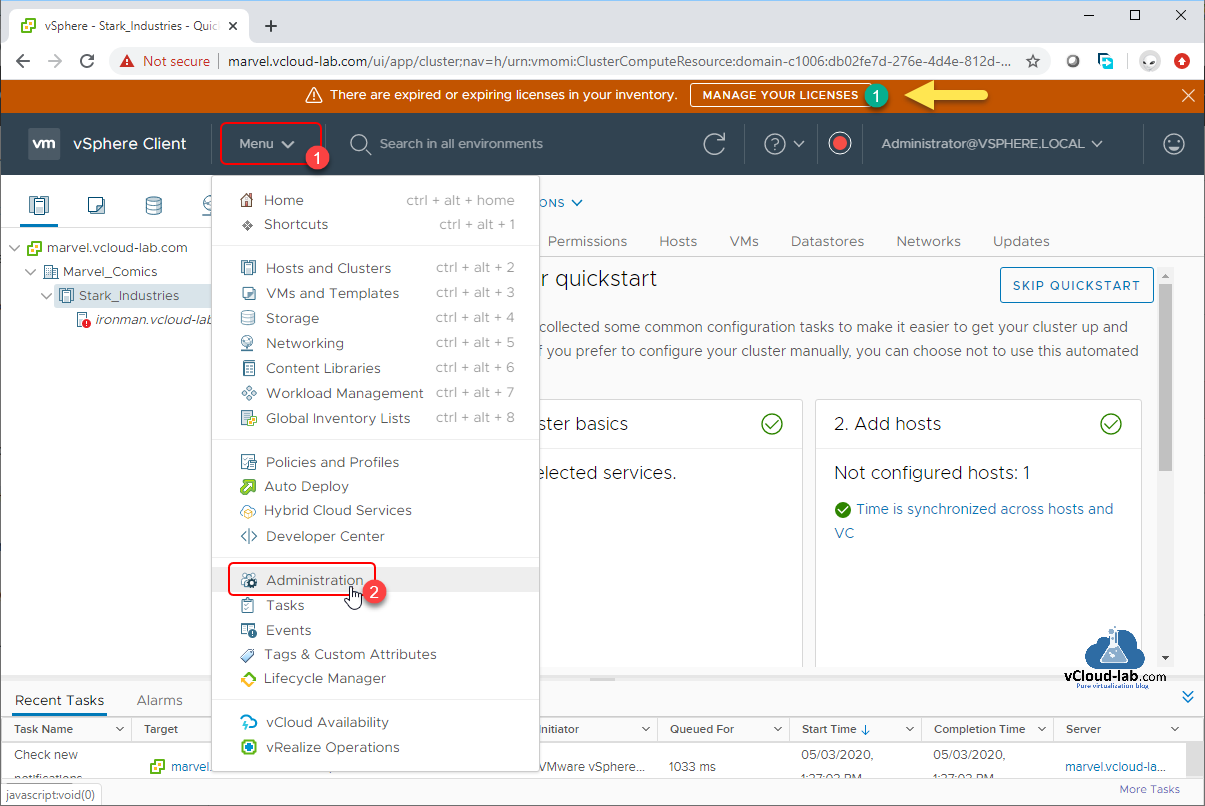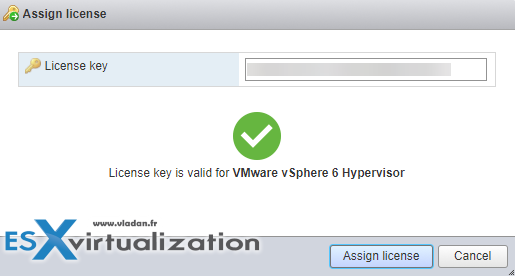
Advanced features include RAID 5/6 erasure coding, and deduplication and compression. You can assign a standard vSAN license to the cluster, or a license that covers advanced functions. If a folder is grayed out, you do not have access to that folder, but you do have access to one or more sub-folders under that parent folder. Note: Only folders to which you have access appear.
WHERE TO FIND VSPHERE LICENSE KEY LICENSE KEY
Select a license key to view support, order, qty, and general license key information.
WHERE TO FIND VSPHERE LICENSE KEY UPDATE
Out of the blue this week, I had a query from a colleague about being able to update the vCenter License key programmatically via PowerShell/PowerCLI. Published on 14 June 2019 by Christopher Lewis. Share this on: PowerCLI PowerShell Licensing.

Using vSAN in production environments requires a special license that you assign to the vSAN clusters. You can also search license keys by Product Name in the Search bar dropdown option in the middle of the License Keys page. Updating the VMware vCenter License Key using PowerCLI. The name of each server corresponded ESXi version on top of it.

All three servers were under ESXi 6.7.0, 10302608 orchestration. To view and manage vSAN licenses, you must have the Global > Licenses privilege on the vCenter Server systems, where the vSphere Web Client runs.įurthermore, how much is a vSAN license? VSAN pricing VSAN Standard is still $2,495/CPU or $50/desktop but if you want to use any of the cool new features you'll need to use an all-flash configuration with the Advanced edition licenses that cost $3,995/CPU or $100/desktop.īesides, how do I apply for a vSAN license? Find their configuration below: 2 14 Intel(R) Xeon(R) CPU E5-2683 v3 2.00GHz 128GB (8 x 16 GB) RAM 1 x 1 TB HDD 4 x 1 Gb/s LAN.

Under Configuration, select Licensing, and click Assign License. Right-click your vSAN cluster, and choose menu Assign License.


 0 kommentar(er)
0 kommentar(er)
